
GUEST BLOGGER DARCY PATTISON
Welcome to today’s A. I. smackdown! It’s man versus machine.
In a 2016 exciting five-game match the world champion Go player Lee Sedol went up against AlphaGo, an artificial intelligence program. The world-wide excitement about the match shattered into confusion when AlphaGo won the first game. How could humans lose to machines? People stumbled over the idea that a computer program could be better than the best of humans.
What is A. I. or artificial intelligence? If humans have natural intelligence, then any intelligence created by humans would be artificial intelligence.
How does A.I. work?
The basis of artificial intelligence is complicated mathematics, but the ideas behind it are simple. Early attempts at A.I. focused on tasks such as recognizing a photo of a cat. There were two basic ways to determine if a cat was in a photo.
First, you could give the program a set of rules. For example: If there’s a circle shape with two triangles, it’s a cat’s face. The rules quickly become complex! What if a cat is chasing a rat? What if it’s curled up asleep? The cat’s position would mean a different set of rules.
Second, you could program an artificial intelligence with pattern recognition. Then provide the program with thousands of photos, each labeled CAT or NOT CAT. Such programs could analyze the photos and develop a mathematical model of CAT. This method requires powerful computing and lots of data. But in the end, it’s more accurate.
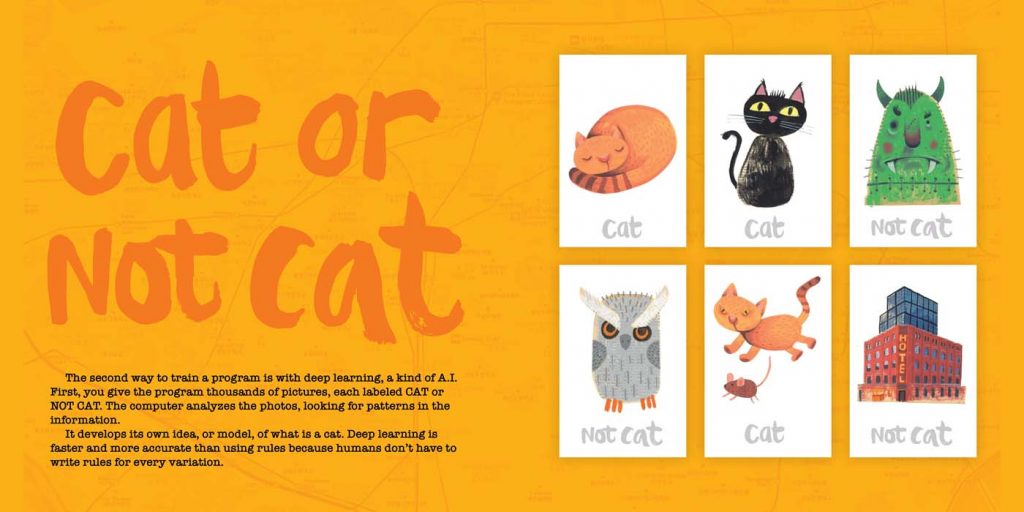
From A.I.: How Patterns Helped Artificial Intelligence Defeat World Champion Lee Sedol
Activity #1: Study the game GO.
Read A.I.: How Patterns Helped Artificial Intelligence Defeat World Champion Lee Sedol.
Discuss the following questions with students:
- Why are games used to test A.I. programs?
- Why was GO chosen as the game for this competition? Learn to play GO. Many apps teach the basics of GO.
- Discuss how pattern recognition can help players become stronger in games such as chess, checkers, or GO.
Activity #2: Recognizing patterns
Next, ask students to write rules for recognizing a photo of a cat.
- Divide into groups. Each group is given a different photo of a cat engaged in a different activity: napping, eating, sitting, running, etc. Each group must write rules on how to recognize that the photo includes a cat.
- Compare the rules. Are there rules in common for the groups? How do the rules change when the cat’s position changes?
- Combine all the rules, omitting duplicates. How many rules did you write? Are they enough to recognize a cat in any photo? Or would there need to be more rules?
- Discuss the advantages of artificial intelligence based on pattern recognition over writing rules.
Activity #3: A. I. everyday
Determine what items in a student’s daily life use artificial intelligence. As it becomes more common, many aspects of daily life are powered by A.I. Explore the following:
- Medical uses, for example, how a program can analyze a photograph of a skin mole to determine if it’s cancerous.
- Business uses, for example, how they deliver packages efficiently.
- Navigation uses, for example, mapping programs on smart phones. Discuss if A.I. will help in developing self-driving cars.
- Law enforcement uses, for example, facial recognition to catch criminals.
Activity #4: Write about it
Write an informative piece about artificial intelligenceI. Explain how it works and how it powers many daily activities. Predict how A.I. will be used to power new technologies in the next five years.
“8:36pm Match 3 of AlphaGo vs Lee Sedol. The confidence of the human commentary is fascinating.” by Buster Benson is licensed under CC BY-SA 2.0
Children’s book author and indie publisher Darcy Pattison writes award-winning fiction and non-fiction books for children. Her works have received starred PW, Kirkus, and BCCB reviews. Awards include the Irma Black Honor award, five NSTA Outstanding Science Trade Books, Eureka! Nonfiction Honor book, two Junior Library Guild selections, and two NCTE Notable Children’s Book in Language Arts. She’s the 2007 recipient of the Arkansas Governor’s Arts Award for Individual Artist for her work in children’s literature. Visit her website.


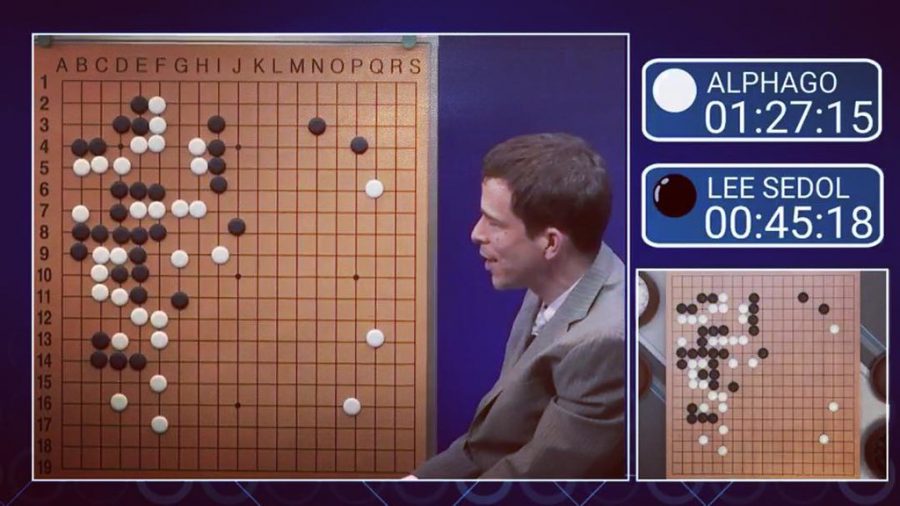
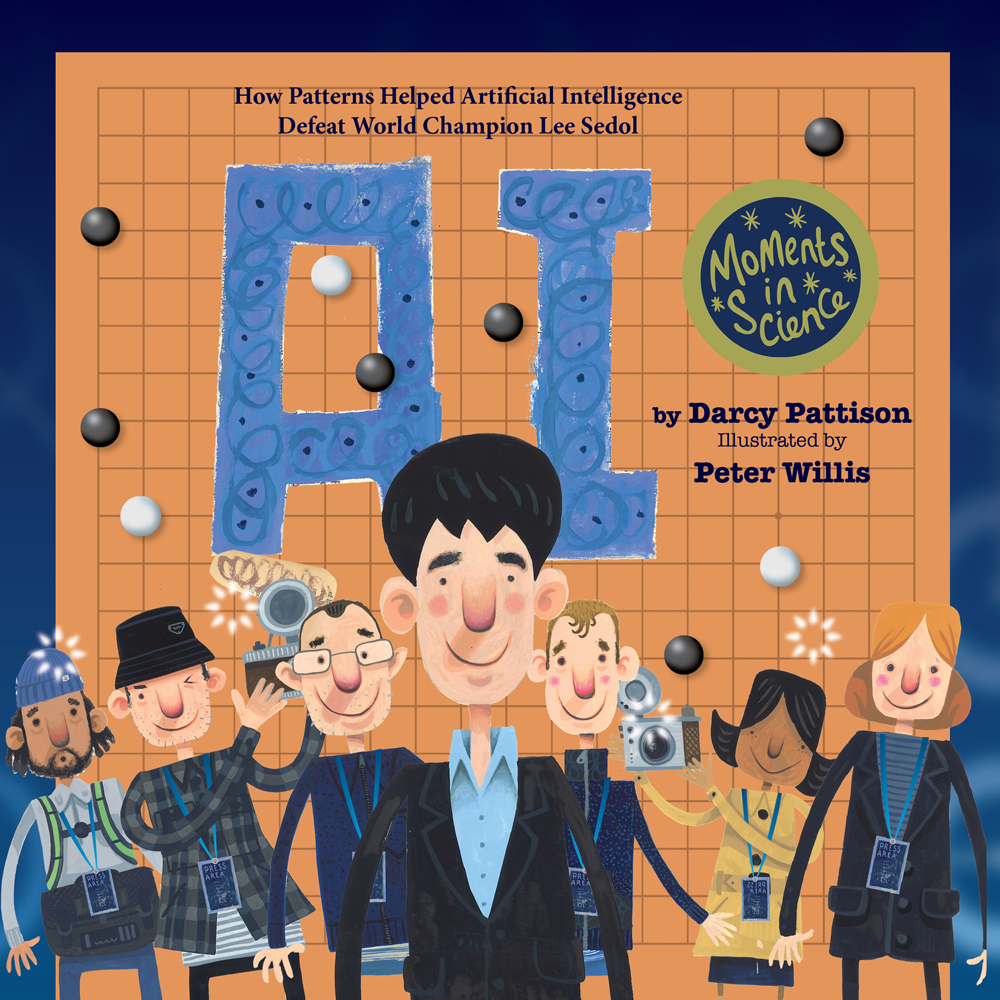
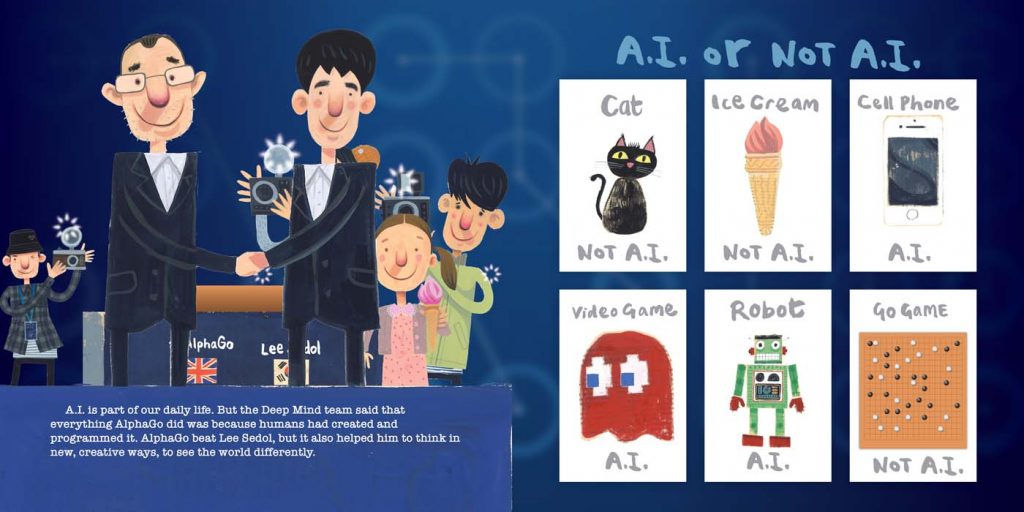


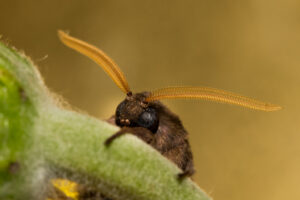



Leave a Reply
Your email is safe with me.